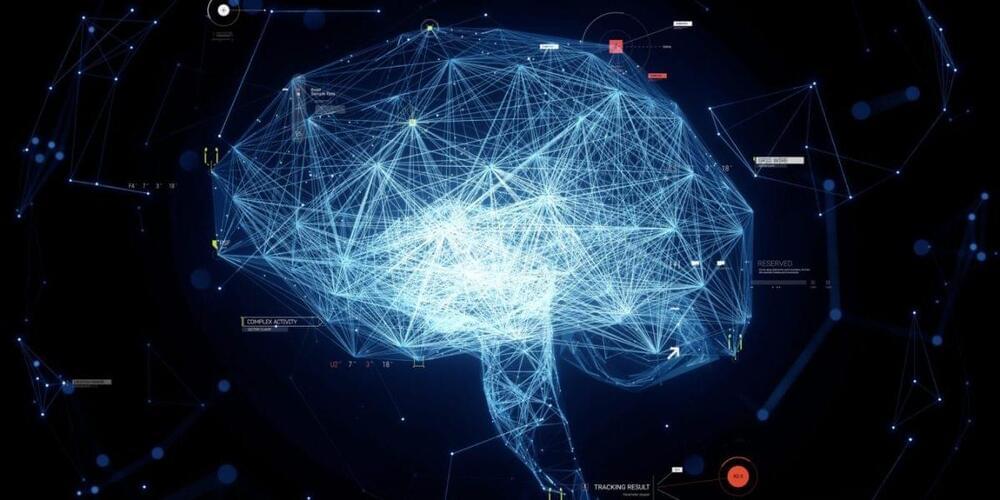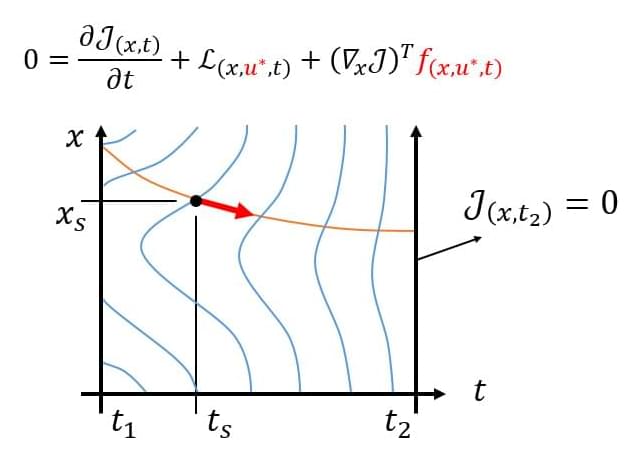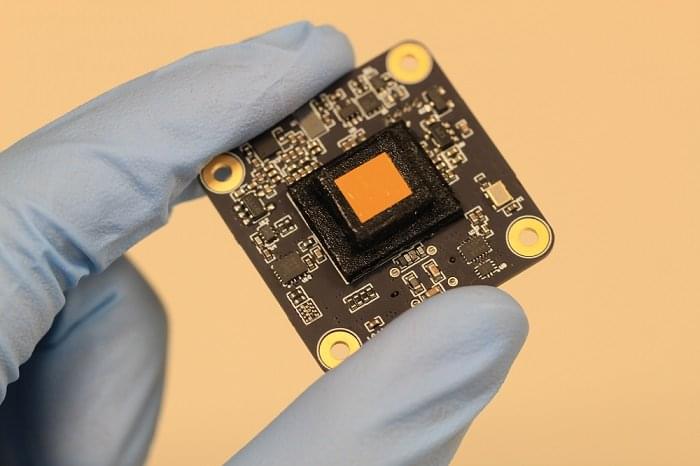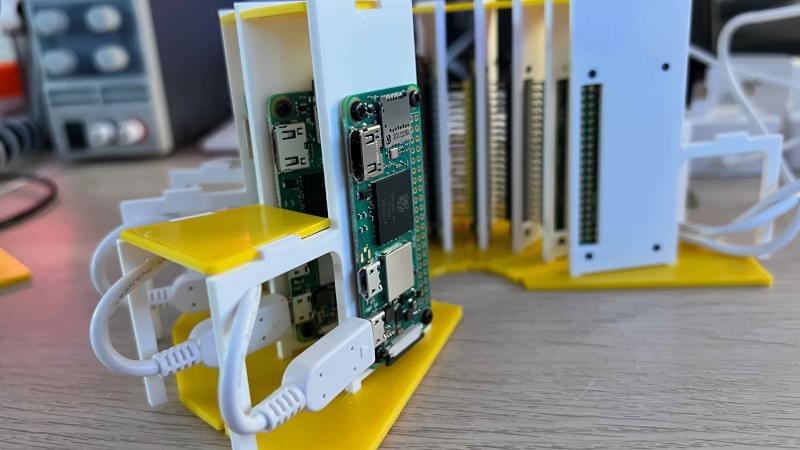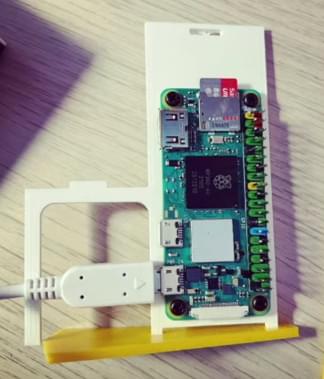Mar 22, 2022
Meta’s Yann LeCun strives for human-level AI
Posted by Dan Kummer in categories: neuroscience, robotics/AI
What is the next step toward bridging the gap between natural and artificial intelligence? Scientists and researchers are divided on the answer. Yann LeCun, Chief AI Scientist at Meta and the recipient of the 2018 Turing Award, is betting on self-supervised learning, machine learning models that can be trained without the need for human-labeled examples.
LeCun has been thinking and talking about self-supervised and unsupervised learning for years. But as his research and the fields of AI and neuroscience have progressed, his vision has converged around several promising concepts and trends.
In a recent event held by Meta AI, LeCun discussed possible paths toward human-level AI, challenges that remain and the impact of advances in AI.
